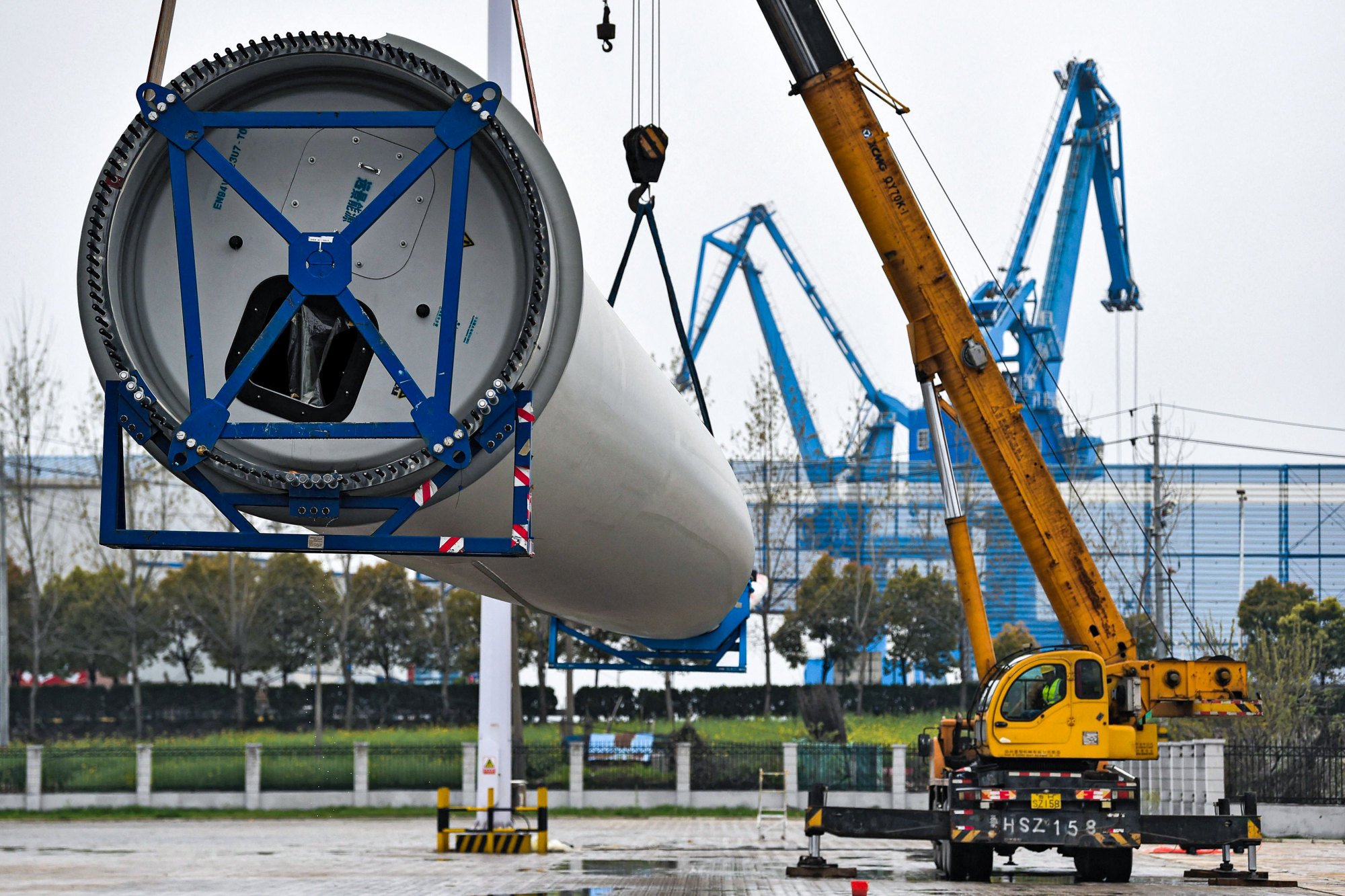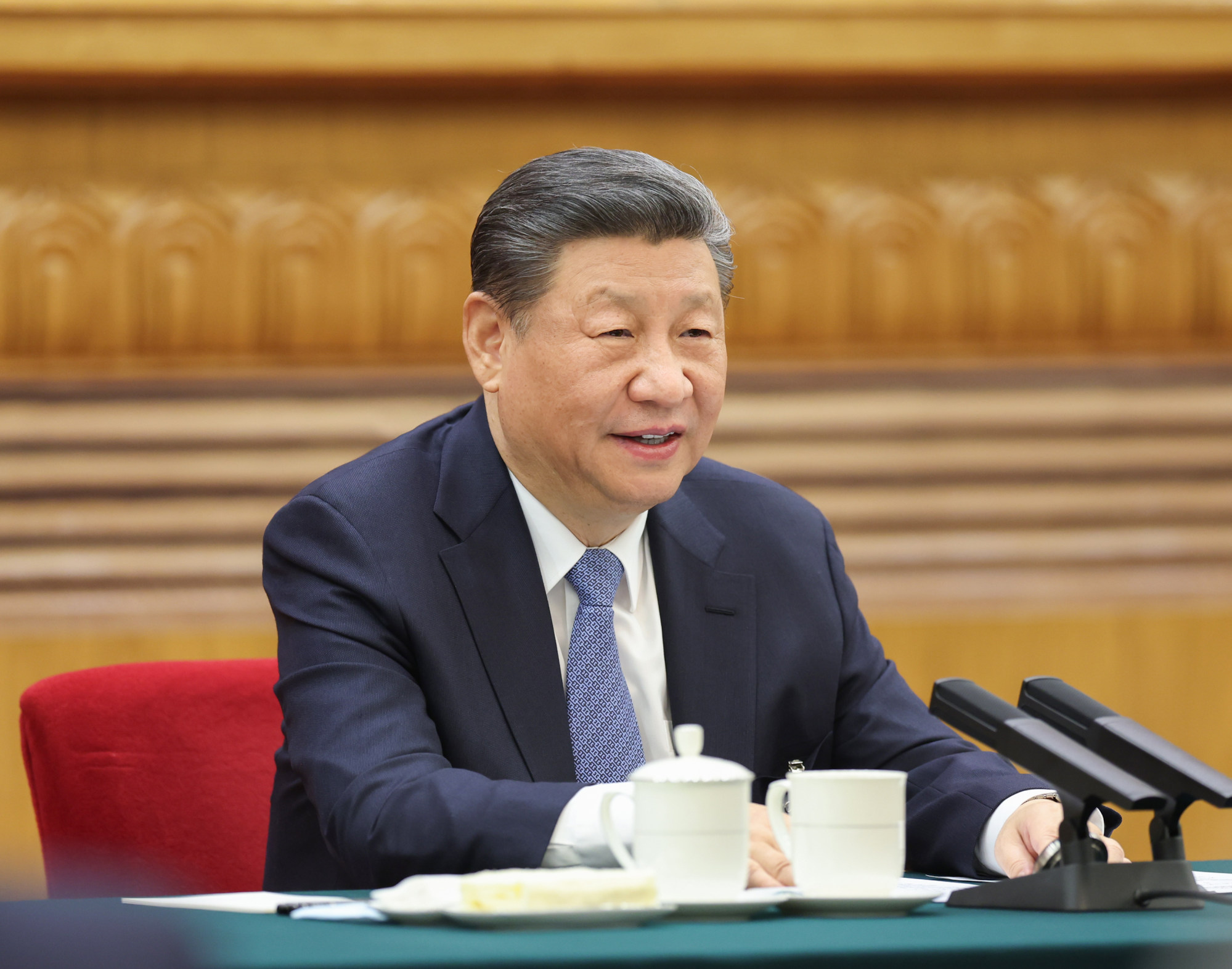
China’s economic growth beats estimates but more work ahead
- Services sector and overseas demand for exports may have buoyed first-quarter GDP, but daunting challenges remain for country on path to recovery
China’s economy saw better-than-expected growth in the first quarter of 2024. While it appears to be on course for this year’s target, there remains much work to be done.
The country’s troubled property sector still hinders growth, and the recovery has not yet been sustained long enough to settle the debate over whether the economy is headed towards collapse, or picking up.
Authorities this week reported first-quarter gross domestic product growth of 5.3 per cent, beating expectations of 4.9 per cent. Beijing has set its annual growth target at around 5 per cent, which is challenging given the prolonged property slump and high base last year.
Economists said the first quarter was buoyed by rapid growth in services and rising overseas demand for exports in the industrial sector.

The growth in services is welcome, particularly with the leadership trying to wean the country off reliance on its anaemic property sector. The sector has faltered since the pandemic and many highly leveraged developers were left exposed when the United States increased interest rates to their highest levels in more than two decades.
In addition, local governments have amassed debt, and foreign direct investment has slid to its lowest levels in 30 years.
All the uncertainty led the International Monetary Fund to forecast growth of 4.6 per cent for the year. China has been aiming to prime its domestic economy, hoping consumption from the middle class will help drive growth.
Retail sales showed a weak uptick in March from February, and unemployment also weighs.
A broad restructuring has begun. President Xi Jinping has been pushing for “new productive forces” to help power the economy.

This will include not only better quality sectors, such as services, finance, hi-tech, artificial intelligence, environmental and biomedicine, but also growth that is amplified by higher standards and productivity.
The geopolitical environment remains uncertain. Trade frictions with the US and the European Union have stirred complaints of Chinese “overcapacity” in electric vehicles and solar panels.
Washington is discouraging allies from selling high-end chips to Beijing and Western businesses are urged to redraw supply chains by “de-risking” or “friendshoring”. All this has added to pressure for China to restructure its economy and become more self-reliant.
‘Seismic shifts’ in China economy like nothing Beijing predicted, economist says
A single good quarter does not signal an economic recovery. China’s challenges will neither disappear overnight, nor will new productive forces come to the immediate rescue.
But its leaders are aware of these shortcomings, and have shown that once they are determined to fix something, they will do it. Major stimulus may not be on the table, but practical measures will pave the way for recovery.

